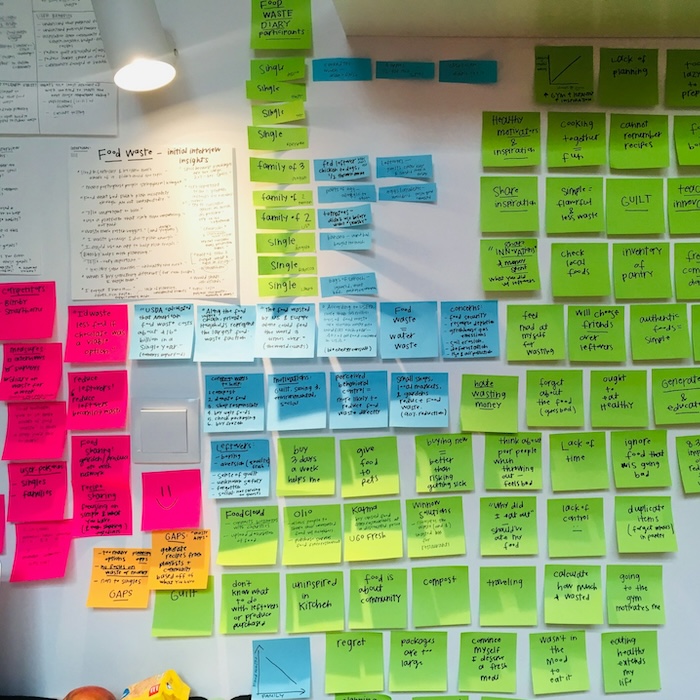
Behind the Scenes of Our Toolkit Design and Rollout Process
At Nourishing Schools Foundation, our mission is to empower children with the knowledge and skills to lead healthier lives. Central to this effort is our toolkit—a comprehensive resource designed to teach children about nutrition, hygiene, and sustainability in an engaging and practical way. But creating and rolling out this toolkit is no small feat. Here’s a glimpse into the meticulous process that goes into its design, refinement, and implementation.
Step 1: Understanding the Needs
Every successful toolkit starts with a clear understanding of the audience. We conduct extensive baseline surveys and engage with students, teachers, and school administrators to identify gaps in knowledge and practice. These surveys highlight critical areas such as:
- Low awareness of balanced diets and essential nutrients.
- Hygiene practices that need improvement, like handwashing with soap.
- Local challenges such as water scarcity or poor access to fresh produce.
These insights guide the development of a toolkit that is both relevant and impactful, tailored to the specific needs of the schools and communities we serve.
Step 2: Co-Creation with Experts
The design process involves collaboration with experts in nutrition, education, and behavioural sciences. Our goal is to create content that is scientifically accurate yet accessible to children of varying ages. The toolkit includes:
- Interactive games that make learning about nutrition and hygiene fun.
- Content aligned with local languages and cultural contexts.
- Practical activities such as starting a school garden or conducting a handwashing demonstration.
By incorporating input from diverse stakeholders, we ensure the toolkit is both engaging and culturally appropriate.
Step 3: Pilot Testing and Feedback
Before rolling out the toolkit on a larger scale, we pilot it in select schools to test its effectiveness. This step is crucial for identifying areas of improvement. For example:
- During a pilot in Bengaluru, we found that certain game formats were not engaging enough for students and replaced them with more interactive options.
- Feedback from teachers helped us simplify certain activities to better suit younger age groups.
This iterative approach ensures that the toolkit is refined based on real-world application.
Step 4: Training Teachers and Facilitators
A well-designed toolkit is only as effective as the people implementing it. We invest in training teachers and facilitators to use the toolkit effectively, ensuring they are equipped to engage students and answer their questions. These sessions include:
- Demonstrations of toolkit activities.
- Guidance on addressing local challenges such as language barriers or infrastructure limitations.
- Strategies for integrating the toolkit into daily classroom activities.
Step 5: Monitoring and Data-Driven Refinement
Once the toolkit is rolled out, we use data dashboards to monitor its impact. Midline and endline surveys help us track progress in areas such as student engagement, improved hygiene practices, and increased nutrition awareness. This data also helps us make evidence-based decisions, such as:
- Phasing out low-engagement activities.
- Adding new content to address emerging challenges highlighted by surveys.
- Tailoring resources to better meet the needs of specific regions.
The Impact of Our Toolkit
Since its rollout, our toolkit has reached over 330 schools, positively impacting more than 95,000 children. Students have reported better understanding of nutrition and hygiene, and many have taken these lessons home, creating a ripple effect in their communities.
Looking Ahead
The design and rollout of our toolkit is an ongoing process, evolving with the needs of the schools and communities we serve. By staying responsive to feedback and leveraging data, we continue to refine and expand its impact.
At Nourishing Schools Foundation, we believe that empowering children with practical knowledge is the key to building healthier generations. Behind every toolkit is a commitment to making learning engaging, relevant, and transformative—because the future starts in the classroom.
Photo by Hugo Rocha on Unsplash
COMMENTS